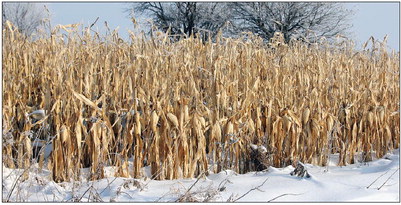A bummer ag year


Wet, cool growing season hurts yields and harvest
Marathon County farmers had a rough year in 2019 and, going forward, may need to adapt to a c...


Wet, cool growing season hurts yields and harvest
Marathon County farmers had a rough year in 2019 and, going forward, may need to adapt to a c...